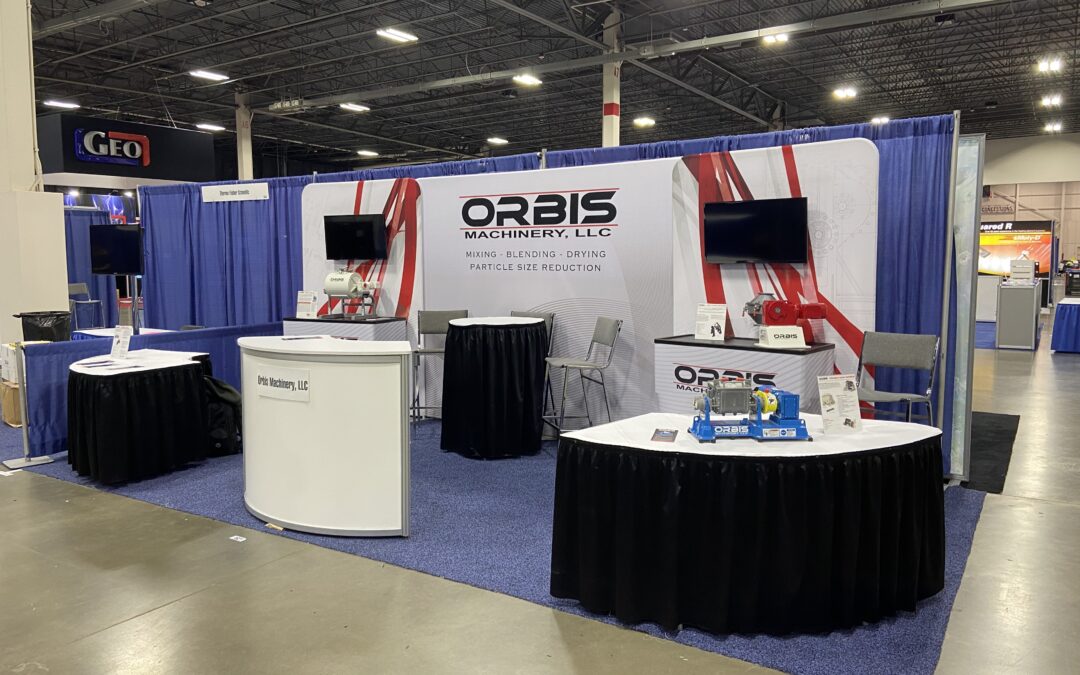The issue of bacteria growth and infestation in process equipment used in the processing industry has become a common problem. The process equipment used primarily in the food industry for food processing usually requires much effort to wash, thereby making it difficult to keep them clean. This results in scratches on the surface of these stainless-steel materials. This small dent on the equipment can serve as a habitat for bacteria. They live here and multiply, thereby contaminating the process equipment and raw materials put into it.
Applying a thin layer of cooking oil in the stainless-steel food processing implements has been found to deter bacterial growth. This discovery is of utmost importance to the confectionery industry. It was discovered by Professor Ben Hatton of the University of Toronto’s Department of Materials Science & Engineering and his research team. This simple solution led to a 1000x reduction in the bacterial levels inside the process equipment used in the test.
The cooking oil does this by filling in microscopic cracks and cracks on the surface of the process equipment that might otherwise be contaminated by bacteria and leftover food. “Coating a stainless steel surface with a cooking oil every day proved to be remarkably effective in repelling bacteria,” said Professor Ben Hatton. “The oil fills the cracks, creates a hydrophobic layer and acts as a barrier against surface contamination,” Hatton said the whole research began when a Canadian seed company, approached and asked how to avoid cross-contamination in its seed process equipment.
“So they were describing this problem of contamination. The bacteria adhere to the stainless steel surface that was used to mix,” he said. “They always had to clean it and make sure there was no more bacterial contamination.”
Meanwhile, Hatton had previously worked on making slippery and non-sticky surfaces at Harvard University, trapping liquid lubricant on a solid surface. Though he had never specifically focused on doing this for food processing surfaces. What Hatton had done was to find the lubricating fluid that was safe for food processing for the sake of the process equipment used in the confectionery industry.
They needed a fluid that would not be toxic, and that won’t change the chemical composition of the food been processed, so the regular cooking oil was adopted. This discovery is beneficial to confectionery manufacturers who use the process equipment, as they can now use the regular cooking oil to reduce and prevent bacteria during food processing. Another benefit of this discovery is that the lubricating fluid -cooking oil- is cheap and cost-efficient.
Hatton said that so far, this research is only in the early stages and he hopes to partner with members of the cooking oil industry to investigate his hypothesis and see if there is any difference between the various cooking oils. However, he already believes there are numerous applications for this research within the food processing industry, including prevention of cross-contamination in large food packaging factories and industrial kitchens. “I think what’s different about our work is that it’s super simple. We’re not changing the surface of the steel, we’re adding that molecule to the surface, but that’s the only change we’re making” Hatton said. “I think this kind of thinking can work for other things in the food industry, absolutely, food packaging.” “Keeping the bacteria stuck on the surface is critical,” he added. “Killing bacteria is one way to do this, but if you can stop them from joining, that’s important.”
Tarek S. Awad, Dalal Asker, Benjamin D. Hatton. Food-Safe Modification of Stainless Steel Food-Processing Surfaces to Reduce Bacterial Biofilms. ACS Applied Materials & Interfaces, 2018; 10 (27): 22902 DOI: 10.1021/acsami.8b03788



